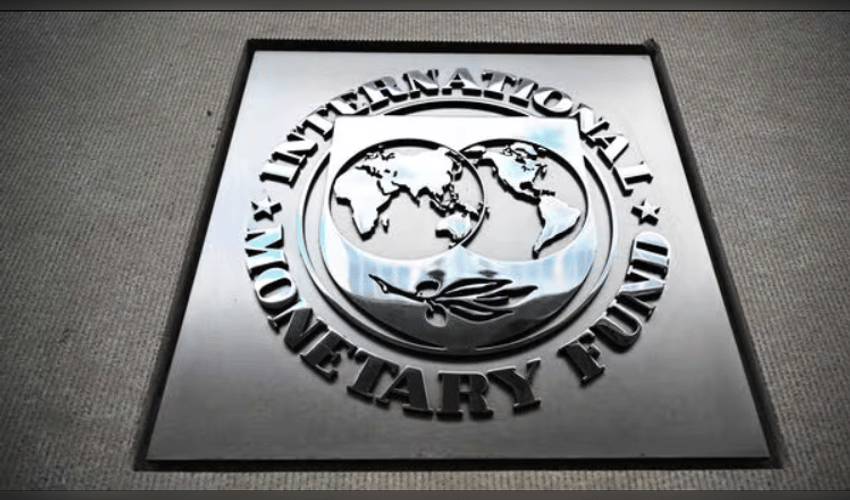Economy
IMF Boosts India's 2025-26 Growth Forecast to 6.6 percent Despite US Tariff Challenges

The International Monetary Fund (IMF) has raised India’s economic growth forecast for the fiscal year 2025-26 to 6.6%, up from its previous projection of 6.4%, despite the recent increase in US tariffs on Indian exports. This optimistic revision reflects a combination of strong domestic economic momentum and robust first-quarter growth, which more than compensates for the adverse effects of the US tariffs imposed since July 2025.
India’s GDP grew at a remarkable 7.8% in the April-June quarter of 2025-26, marking its fastest pace in over a year. This surge was largely fueled by strong private consumption and supported by government measures like sweeping GST reforms that lowered tax rates on several consumer goods and services. These domestic demand drivers have helped cushion the economy against weakening external demand caused by the US tariff hike.
The IMF’s upgraded forecast highlights India’s resilience as it remains the fastest-growing major economy globally amid growing global trade tensions. While the World Bank has also recently increased its forecast for India’s growth in FY26 to 6.5%, it lowered the following year’s projection due to expected continued tariff pressures. Similarly, the IMF has adjusted India’s growth forecast for FY27 down to 6.2%, anticipating that prolonged tariff impacts may gradually weigh on the economy.
The US tariffs, imposed at rates up to 50% on various Indian goods including textiles and chemicals, present a significant challenge to exports. However, India’s domestic market strength and structural reforms, including the easing of GST burdens, are expected to offset some of these external pressures. Additionally, Indian exporters have responded by advancing shipments ahead of tariff enforcement where possible.
Economists note that this tariff environment may still impact employment, wages, and private investment in export-reliant sectors over time, potentially slowing growth in the future. But for the current fiscal year, India’s economic fundamentals and government policies appear well-positioned to sustain strong growth.
The IMF’s latest World Economic Outlook also projects a slowdown in global growth, particularly in emerging markets and developing economies. This makes India’s continued robust growth even more notable as it stands out amid a challenging international economic landscape marked by trade uncertainties and geopolitical tensions. The IMF’s upward revision of India’s 2025-26 growth forecast underscores the country’s economic resilience and the effectiveness of government reforms in fostering domestic demand, even as external headwinds like US tariff hikes pose ongoing challenges. This nuanced outlook suggests that India is navigating complex global trade dynamics with strong growth potential maintained through internal consumption and policy support, which is crucial for sustaining momentum in the medium term.



